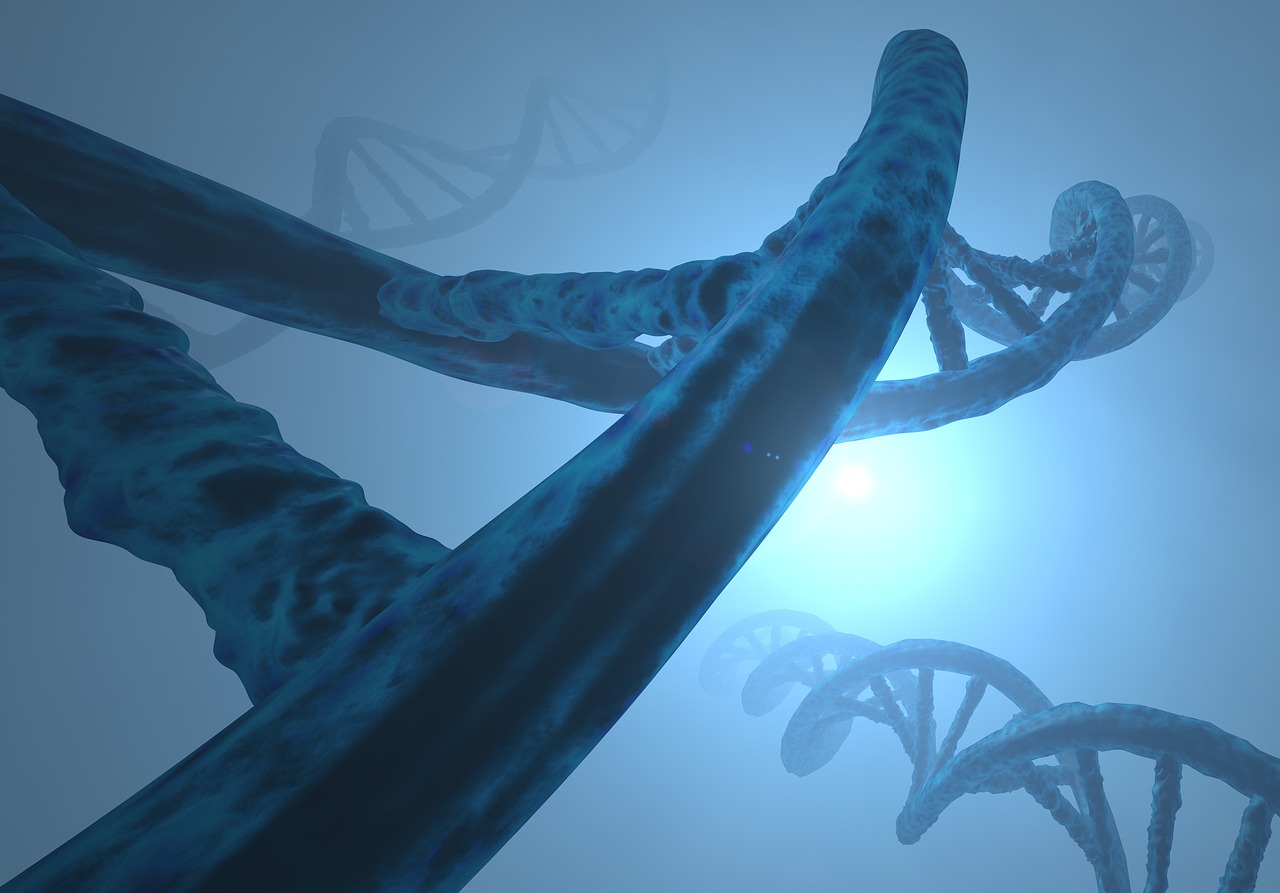Abstract
Cisplatin-based chemotherapeutic regimens are frequently used for treatments of solid tumors. However, tumor cells may have inherent or acquired cisplatin resistance, and the underlying mechanisms are largely unknown. We performed genome-wide screening of genes implicated in cisplatin resistance in A375 human melanoma cells. A substantial fraction of genes whose disruptions cause cisplatin sensitivity or resistance overlap with those whose disruptions lead to increased or decreased cell growth, respectively. Protein translation, mitochondrial respiratory chain complex assembly, signal recognition particle–dependent cotranslational protein targeting to membrane, and mRNA catabolic processes are the top biologic processes responsible for cisplatin sensitivity. In contrast, proteasome-mediated ubiquitin-dependent protein catabolic process, negative regulations of cellular catabolic process, and regulation of cellular protein localization are the top biologic processes responsible for cisplatin resistance. ZNRF3, a ubiquitin ligase known to be a target and negative feedback regulator of Wnt–β-catenin signaling, enhances cisplatin resistance in normal and melanoma cells independently of β-catenin. Ariadne-1 homolog (ARIH1), another ubiquitin ligase, also enhances cisplatin resistance in normal and melanoma cells. By regulating ARIH1, neurofibromin 2, a tumor suppressor, enhances cisplatin resistance in melanoma but not normal cells. Our results shed new lights on cisplatin resistance mechanisms and may be useful for development of cisplatin-related treatment strategies.—Ko, T., Li, S. Genome-wide screening identifies novel genes and biological processes implicated in cisplatin resistance.
READ MORE …


















